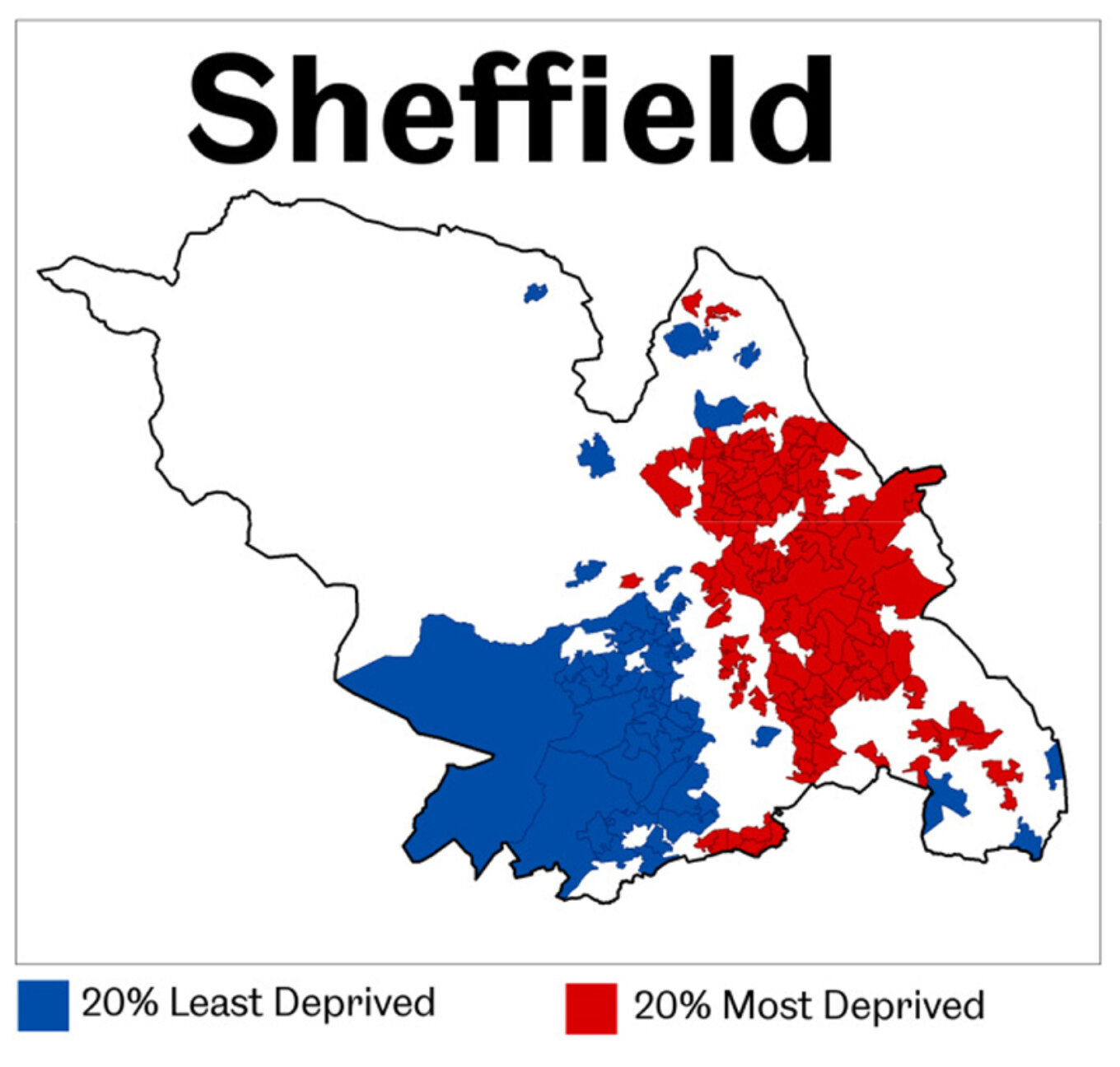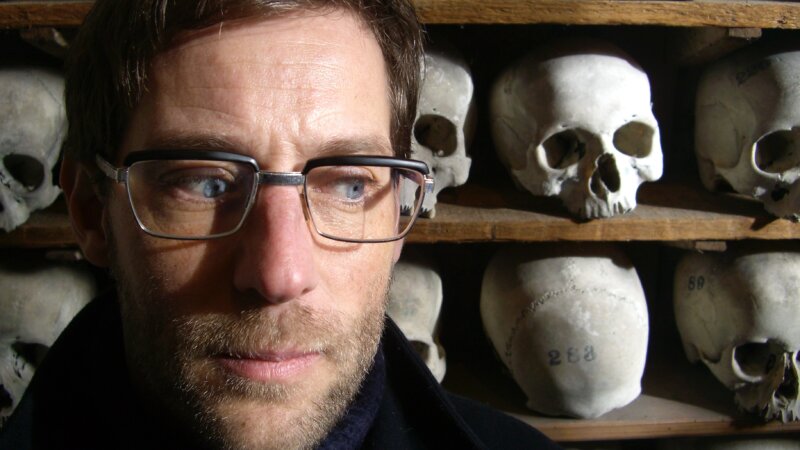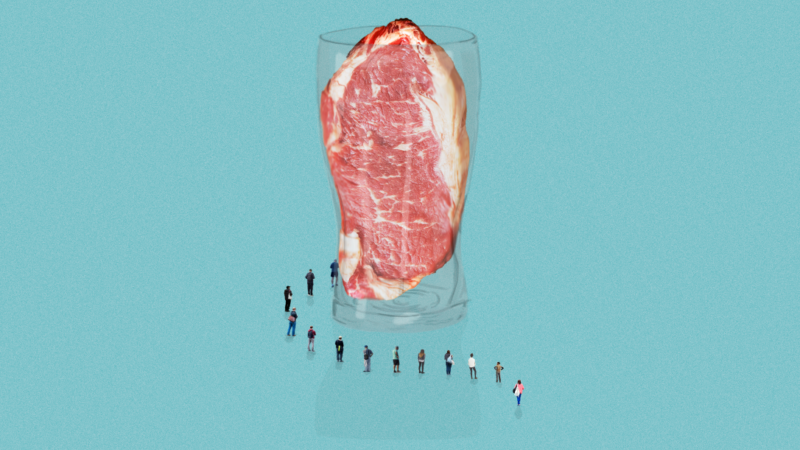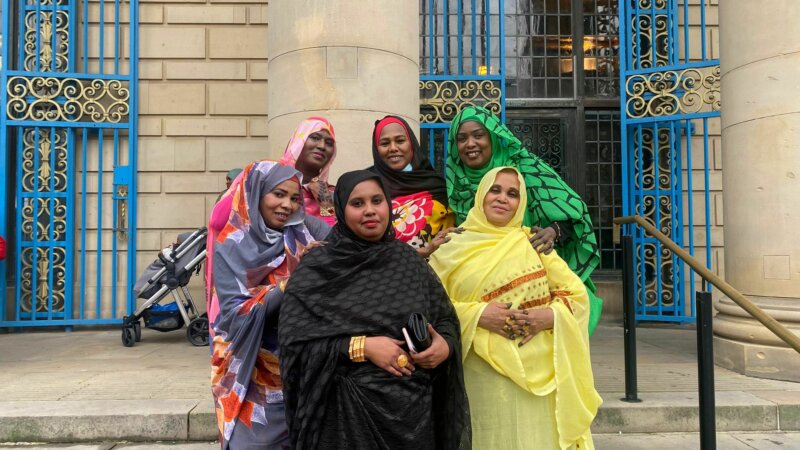Two Cities: Beyond The Wicker Arches
Detroit and Sheffield are two post-industrial cities linked by their thriving underground music scenes, but they are perhaps even more similar in terms of their urban, racial divisions than we would care to admit. A dividing line between predominantly white, affluent areas and more racially diverse and deprived areas could be drawn down the middle of Sheffield, separating the south-east from the north-west. This partition parallels 8 Mile Road, which separates the exclusively white districts in the north of Detroit from the African American communities in the south.
Travel and transport links simultaneously connect and divide urban spaces. The 83 bus route, which runs from Millhouses to Ecclesfield and goes beneath and beyond the Wicker Arches, divides Sheffield in the same way that 8 Mile Road divides Detroit. They both act as sliding doors between two starkly different realities. The 70 minute journey on the 83 bus connects and separates rich, majority white areas from poorer, more racially diverse areas. According to the Indices of Multiple Deprivation, a measure published by the Office for National Statistics every four years, Ecclesall is amongst the 20% least deprived areas in the country, while Burngreave is amongst the 20% most deprived.
The life expectancy gap of up to ten years which exists between people born at different points along the bus route further highlights how divided Sheffield is. This gap was first reported in Sheffield City Council’s Fairness Commission Report last year, which stated that “a baby girl who is born in and inhabits one part of the city can expect to live, on average, almost ten years longer than a similar baby girl born and living her life about four miles away, by virtue of nothing more than the socio-economic circumstances and area she was born into.”
But, as in the Fairness Commission Report, it is this economic and health disparity that social researchers tend to focus on. Race is a topic that is rarely broached. It’s tricky territory to navigate, but the role it plays in dividing Sheffield is something that should not be ignored. Race hierarchies work together with class hierarchies to maintain inequality, and these hierarchies are embedded within the geography of the city. They need to be given equal attention if the problem is to ever be fully understood and addressed. This omission is undoubtedly influenced by images of American ghettos and wealthy, white suburbia. The strikingly obvious fragmentation of American cities often diverts our attention away from the quieter reality of racial divisions closer to home.
It seems that, minus a history of legally enforced racial segregation as in the US, black and minority ethnic (BME) ghettos are not the main problem in Britain. White ghettos are. But, as a nation, we are reluctant to admit this and shy away from using the term. Two researchers from the University of Manchester, Nissa Finney and Ludi Simpson, define a ghetto as an area where “one ethnic group forms 90-100% of the population,” regardless of how affluent or deprived it is. While downtown areas of Detroit and Chicago have pockets of deprivation, where African American or Hispanic populations form over 90% of the population, in Ecclesall, 92% of the local population is recorded as being white. If you were born here, not only are you more likely to live up to ten years longer than those born just four miles away, but you will probably earn considerably more. The average household income in Hallam, the parliamentary constituency where Ecclesall is located, is 36% higher than the rest of Sheffield.
The 83 bus route does not solely highlight economic divisions. It provides a snapshot of how Sheffield is being divided along ‘the colour line’, a term first coined by the African American social reformer and abolitionist Frederick Douglass in an 1881 article. In Burngreave, where average life expectancy is at its lowest in Sheffield, there is a BME population of 57%. This is in comparison to Ecclesall, where there is a BME population of just 8%. While overall there is a relatively small BME population in Sheffield of 16%, their concentration in less affluent areas is something we must look at.
Sheffield’s rich cultural diversity is concentrated into the deprived north-eastern wards of the city. Pockets of deprivation and affluence are located in opposing areas, with inhabitants rarely crossing the borders. These wealthy, majority white regions become areas of snowballing success and wealth, while many racially diverse areas are left isolated.
The recession does not exist in the same way on high streets in the south and west. A short walk down Ecclesall Road will quickly confirm this reality to anyone. This thriving hub of families and young professionals is not short of expensive restaurants, boutiques and coffee shops. The story is clearly very different along Burngreave Road, where many shops remain boarded up or severely understocked.
Race is one of the many factors embedded into the divided geography of our towns and cities, but it is the factor that is most overlooked. Racial division may be an uncomfortable reality to reckon with, but just because social research tends to shy away from addressing it, this doesn’t mean it’s not there. Before our tale really does become one of two cities, the existence of areas of white wealth far removed from those neighbourhoods beyond the Wicker Arches must be realised before the partitioning walls can be knocked down.

Deprivation in Sheffield report
University of Sheffield, 2011




